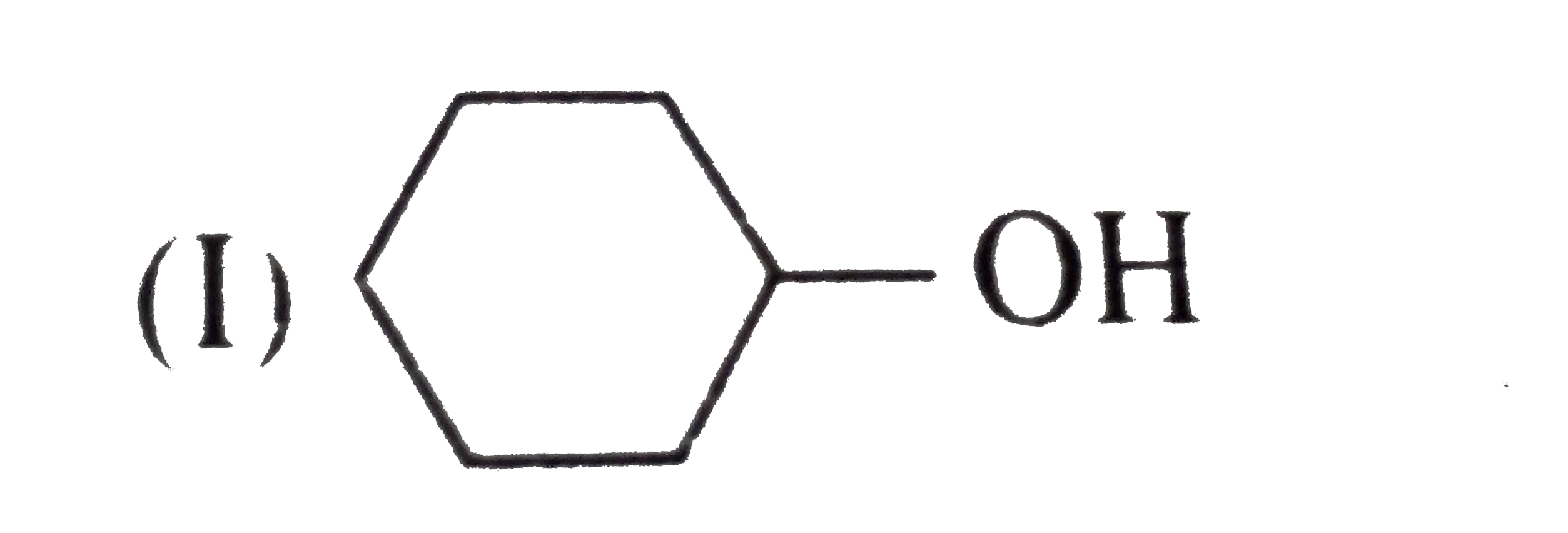Yield of soybean and red gram could be increased by employing the following as biofertilizer
(I) Glomus (II) Azospirillum
(III) Cyanobacteria (IV) Rhizobium
I only
I and II
I, II and IV
I & IV
The correct Answer is:D
To determine which biofertilizers can increase the yield of soybean and red gram, we need to analyze each option provided:
1. Understanding the Plants:
- Soybean and red gram belong to the family Fabaceae (also known as Leguminosae), which are leguminous plants. These plants have a symbiotic relationship with nitrogen-fixing bacteria.
2. Identifying the Biofertilizers:
- (I) Glomus: This is a genus of fungi known as arbuscular mycorrhizal fungi. They help in nutrient uptake, particularly phosphorus, and can enhance plant growth but do not directly fix nitrogen.
- (II) Azospirillum: This is a free-living nitrogen-fixing bacterium found in the soil. It does not form nodules but can fix atmospheric nitrogen, which benefits the plants.
- (III) Cyanobacteria: These are photosynthetic bacteria that can fix nitrogen but are typically found in aquatic environments. They are not commonly associated with soybean and red gram in terrestrial settings.
- (IV) Rhizobium: This is a well-known nitrogen-fixing bacterium that forms nodules on the roots of leguminous plants, including soybean and red gram, facilitating nitrogen fixation.
3. Evaluating Each Option:
- Glomus (I) helps with nutrient uptake but does not fix nitrogen.
- Azospirillum (II) can fix nitrogen and is beneficial for soybean and red gram.
- Cyanobacteria (III) are not suitable for these plants in a terrestrial environment.
- Rhizobium (IV) is essential for nitrogen fixation in leguminous plants.
4. Conclusion:
- The biofertilizers that can effectively increase the yield of soybean and red gram are Azospirillum and Rhizobium. Glomus also contributes to plant health but is not a nitrogen fixer. Therefore, the correct options are (II) Azospirillum and (IV) Rhizobium.
5. Final Answer:
- The yield of soybean and red gram could be increased by employing the following biofertilizers: (I) Glomus, (II) Azospirillum, and (IV) Rhizobium.
- Soybean and red gram belong to the family Fabaceae (also known as Leguminosae), which are leguminous plants. These plants have a symbiotic relationship with nitrogen-fixing bacteria.
- (I) Glomus: This is a genus of fungi known as arbuscular mycorrhizal fungi. They help in nutrient uptake, particularly phosphorus, and can enhance plant growth but do not directly fix nitrogen.
- (II) Azospirillum: This is a free-living nitrogen-fixing bacterium found in the soil. It does not form nodules but can fix atmospheric nitrogen, which benefits the plants.
- (III) Cyanobacteria: These are photosynthetic bacteria that can fix nitrogen but are typically found in aquatic environments. They are not commonly associated with soybean and red gram in terrestrial settings.
- (IV) Rhizobium: This is a well-known nitrogen-fixing bacterium that forms nodules on the roots of leguminous plants, including soybean and red gram, facilitating nitrogen fixation.
- Glomus (I) helps with nutrient uptake but does not fix nitrogen.
- Azospirillum (II) can fix nitrogen and is beneficial for soybean and red gram.
- Cyanobacteria (III) are not suitable for these plants in a terrestrial environment.
- Rhizobium (IV) is essential for nitrogen fixation in leguminous plants.
- The biofertilizers that can effectively increase the yield of soybean and red gram are Azospirillum and Rhizobium. Glomus also contributes to plant health but is not a nitrogen fixer. Therefore, the correct options are (II) Azospirillum and (IV) Rhizobium.
- The yield of soybean and red gram could be increased by employing the following biofertilizers: (I) Glomus, (II) Azospirillum, and (IV) Rhizobium.
Topper's Solved these Questions
- MICROBES IN HUMAN WELFARE BOOK - AAKASH SERIESCHAPTER - MICROBES IN HUMAN WELFARE EXERCISE - EXERCISE-III (Previous AIPMT/NEET Questions)
25 Videos
- MICROBES IN HUMAN WELFARE BOOK - AAKASH SERIESCHAPTER - MICROBES IN HUMAN WELFARE EXERCISE - EXERCISE-I (Microbes as Biofertilizers)
18 Videos
- HUMAN HEALTH DISEASEBOOK - AAKASH SERIESCHAPTER - HUMAN HEALTH DISEASEEXERCISE - EXERCISE - III (PREVIOUS AIPMT/NEET QUESTIONS)
56 Videos
- MORPHOLOGY OF FLOWERING PLANTS BOOK - AAKASH SERIESCHAPTER - MORPHOLOGY OF FLOWERING PLANTS EXERCISE - EXERCISE - III (Previous AIPMT/NEET Questions)
41 Videos
Similar Questions
Knowledge Check
If x=−|x|, then which one of the following statements could be true?
I. x=0
II. x<0
III. x>0ANoneB2 onlyC3 onlyD1 and 2Put in descending order of area with the following soils in India:
I. Red soil II. Black soil
III. Laterite soil IV. Alluvial soilAI, IV, II, IIIBIV, II, I, IIICIV, I, III, IIDI, III,IV,II
Arrange increasing order of acidic strength of following dibasic acids:
(I) oxalic acid. (II) succinic acid (III) malonic acid (IV) adipic acid
View SolutionExplain the following: (i) Circle (ii) Radius (iii) Centre (iv) Diameter (v) Chord (vi) Interior of a circle
View SolutionWhich of the following are not state functions?
(I) q+w
(II)q
(III) w
(IV) H−TS
View SolutionWhich of the following are meaningless? (i) "I I ICCC" (ii) KKKCCXI (iii) XD (iv) VC
View SolutionWhich among the following have open circulatory system?
(i) Arthropoda (ii) Mollusca
(iii) Annelida (iv) Coelenterata
View SolutionWrite down all the subsets of the following sets (i) {a} (ii) {a,b} (iii) {1,2,3} (iv) φ
View Solution





 (II)
(II) 
 (IV)
(IV) 